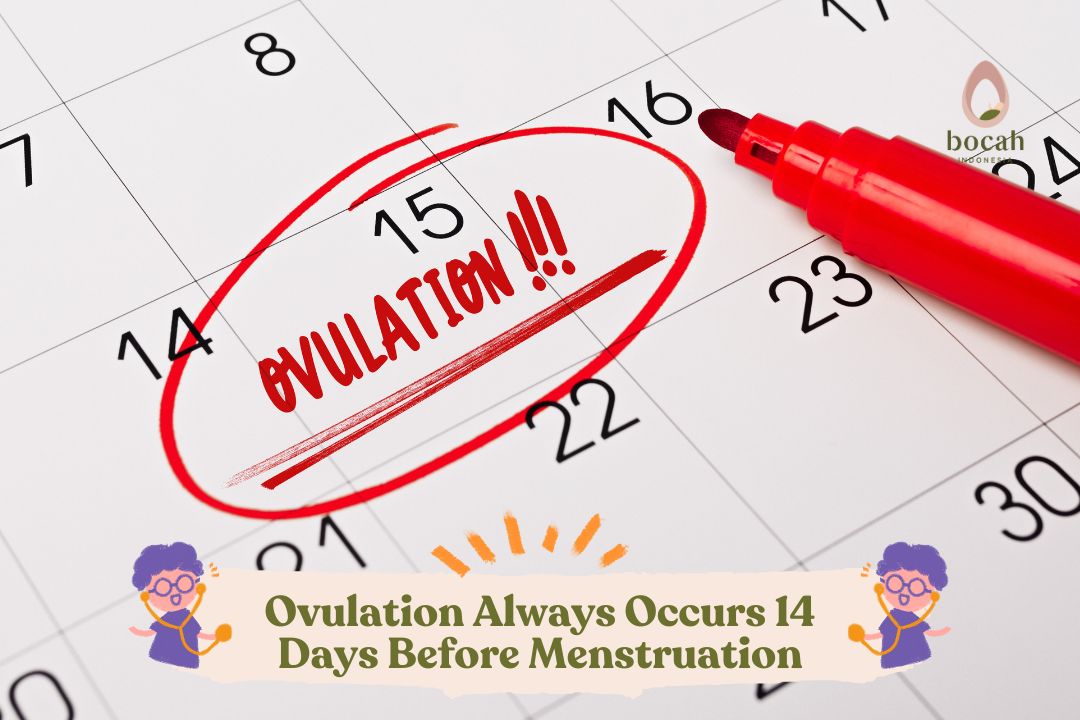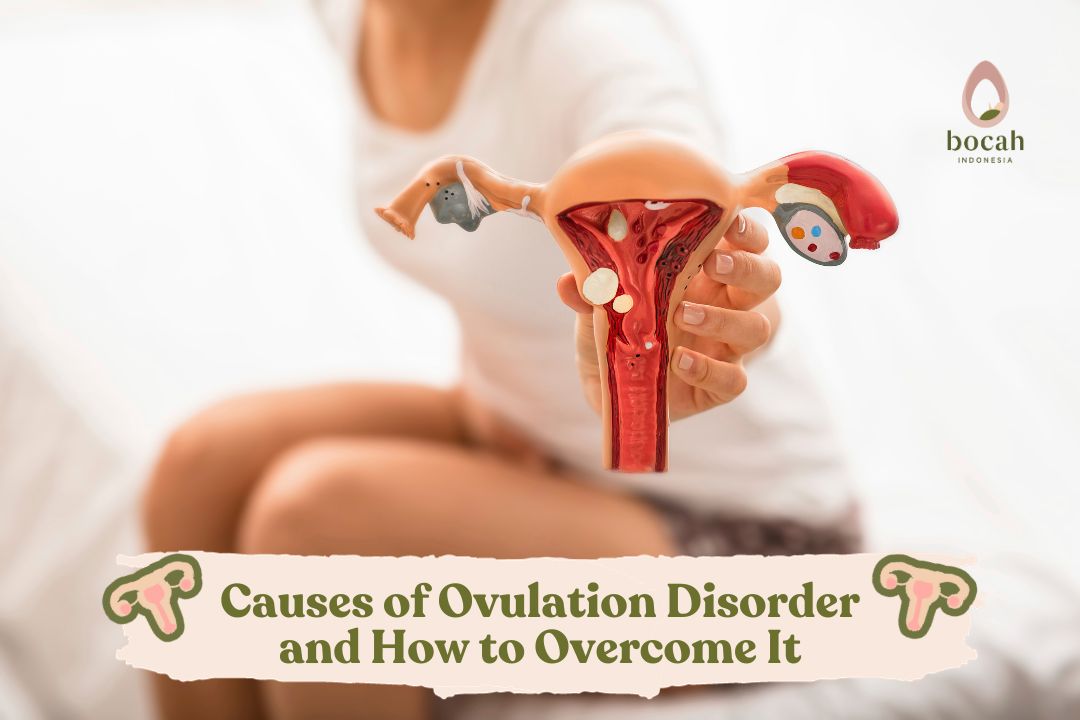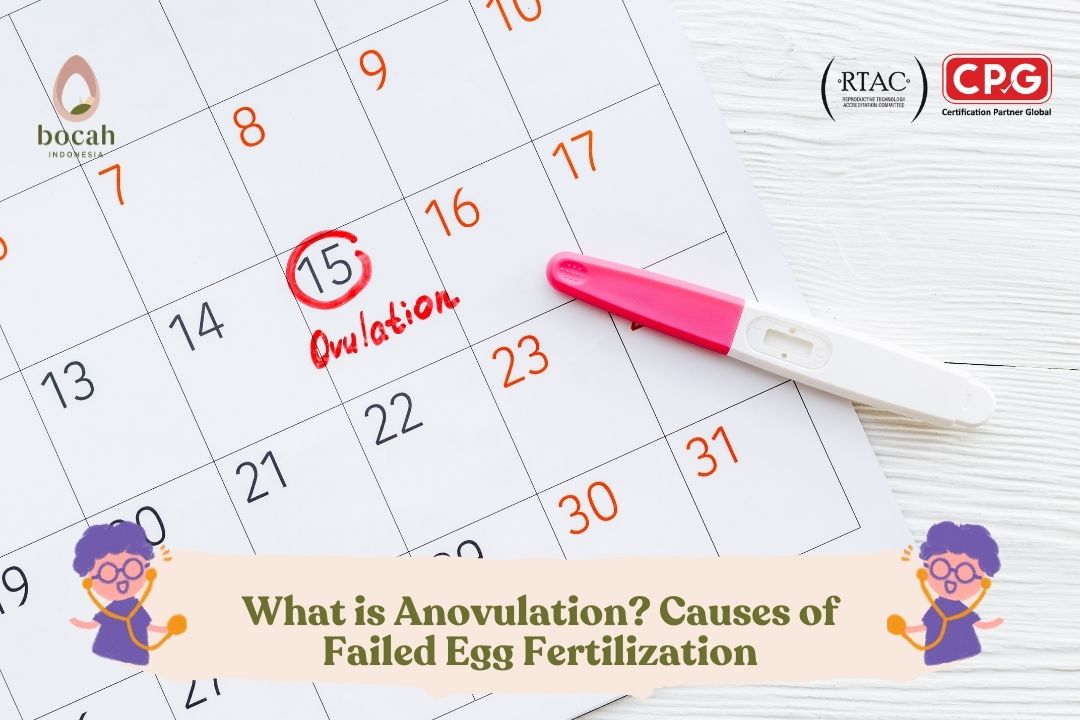Ovulation: The Right Time for Fertilization

A significant role in women’s fertility is ovulation. Does ovulation always occur 14 days before menstruation? Trying to conceive but haven’t succeeded? Perhaps, couples might be overlooking the right time: during the fertile window when ovulation occurs. Ovulation is the process where a mature egg is released from the ovaries and moves towards the fallopian tubes.
If the egg meets a sperm, fertilization will occur. However, if the egg doesn’t meet a sperm, it will be shed during menstruation. Thus, ovulation is the ideal time for couples who are trying or planning to get pregnant to engage in intimate relations.
When Does Ovulation Occur?
Typically, ovulation happens 12 to 14 days before the next menstrual period. For women with regular menstrual cycles, ovulation is always 12-14 days before menstruation. However, if your cycle is irregular, you’ll need to determine your ovulation time yourself.
This period around ovulation is known as the woman’s fertile window. This is when the chances of conception are the highest. It’s essential to note that ovulation only lasts 12-24 hours, while the fertile window lasts about 5 days – 2 days before ovulation and 3 days after.
What are the Signs of Ovulation?
Many mothers might be unaware or forget when their ovulation period is. Here are some signs of ovulation:
Tanya Mincah tentang Promil?
1. Increased Basal Body Temperature
When a woman ovulates, one of the easy-to-notice signs is a change in basal body temperature, which is the temperature when the body is at rest. Usually, it ranges between 35.5 – 36.6 degrees Celsius. But it’s influenced by activities, diet, sleeping patterns, and other conditions. During ovulation, the progesterone hormone level rises, causing a slight increase in temperature. However, this sign might not be consistent for every woman.
2. Increased Sexual Desire
Another sign of entering the fertile window is an increased sexual desire. Although this is a natural body response, it’s not an accurate indicator for every woman. For some, sexual desire increases as they approach ovulation. Some men even believe that women appear more attractive during this period.
3. Cervical Mucus
An easily recognizable sign of ovulation is the presence of mucus in the cervix, also known as discharge. Typically, during the fertile period, this discharge resembles egg white. This mucus helps the sperm swim towards the uterus to meet the egg, thus increasing the chances of successful fertilization.
Apart from these signs, some women may experience other symptoms like breast tenderness, mild abdominal cramps, or a change in the position of the cervix.
To sum it up, ovulation usually occurs 12-14 days before the next menstrual period. If you’re unsure about your ovulation time, consider using a fertility calculator to determine your fertile and ovulation periods.
Interested in sharing information about fertility and other pregnancy programs? Don’t forget to share this article!
Source:
- Soumpasis, I., et al. (2020). Real-life insights on menstrual cycles and ovulation using big data. Hum Reprod Open. 2020 Apr 16;2020(2): hoaa011. https://pubmed.ncbi.nlm.nih.gov/32328534/
- Su, H.W., et al. (2017). Detection of ovulation, a review of currently available methods. Bioeng Transl Med. 2017 Sep; 2(3): 238–246. https://www.ncbi.nlm.nih.gov/pmc/articles/PMC5689497/
- Reed, B.G., et al. (2018). The Normal Menstrual Cycle and the Control of Ovulation. NCBI Bookshelf. https://www.ncbi.nlm.nih.gov/books/NBK279054/
- American Pregnancy Association. What is Ovulation? https://americanpregnancy.org/getting-pregnant/infertility/understanding-ovulation/
- American Pregnancy Association. Ovulation Symptoms – Am I Ovulating? https://americanpregnancy.org/getting-pregnant/infertility/signs-of-ovulation/





